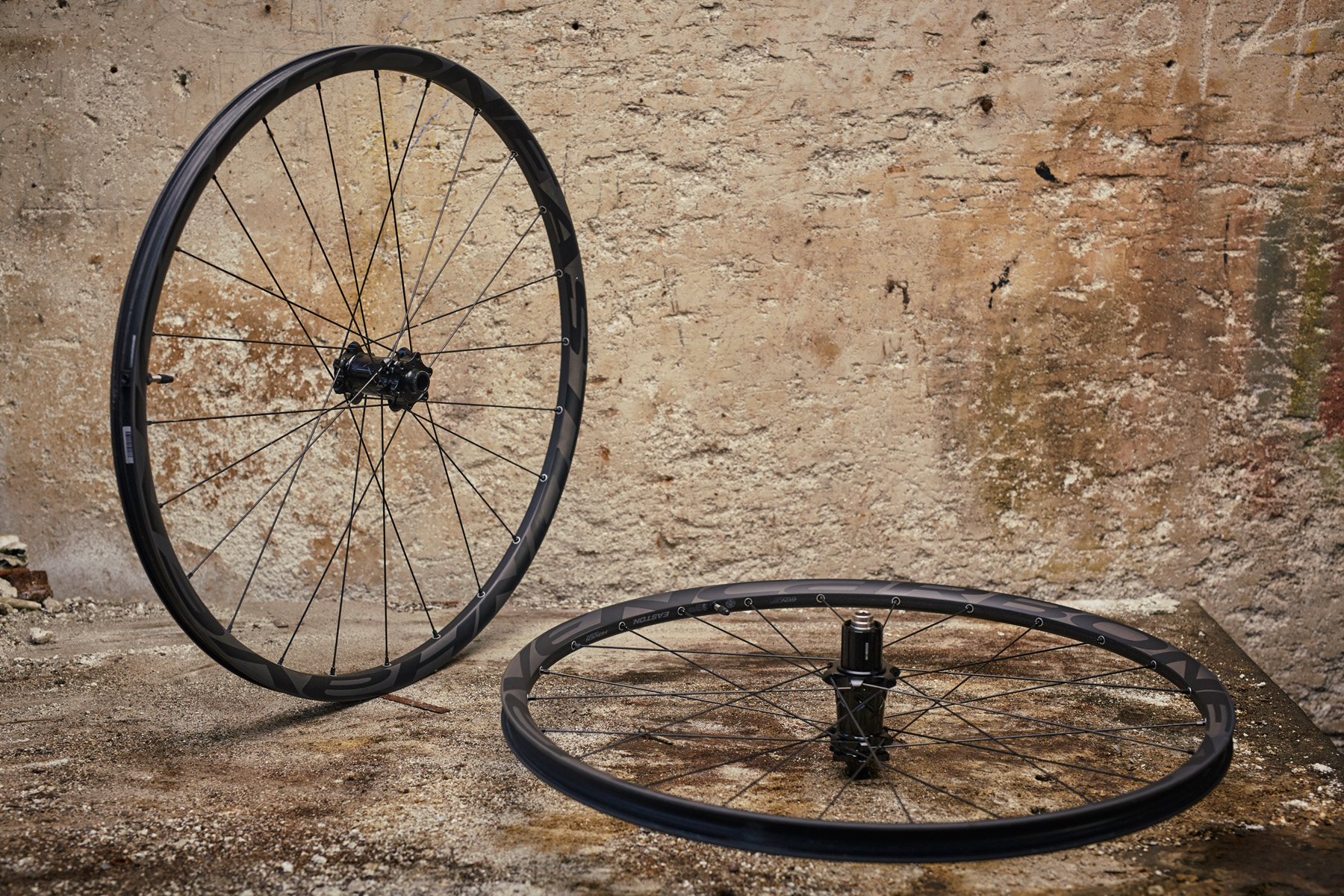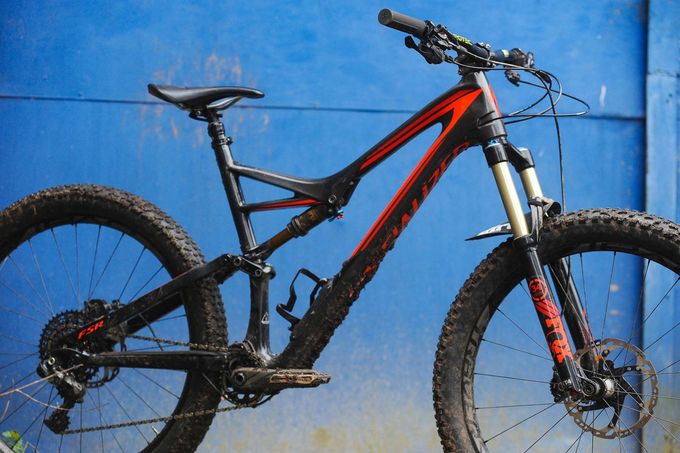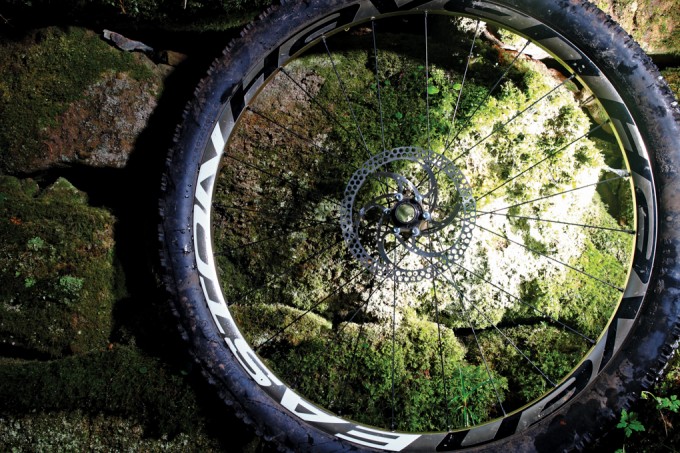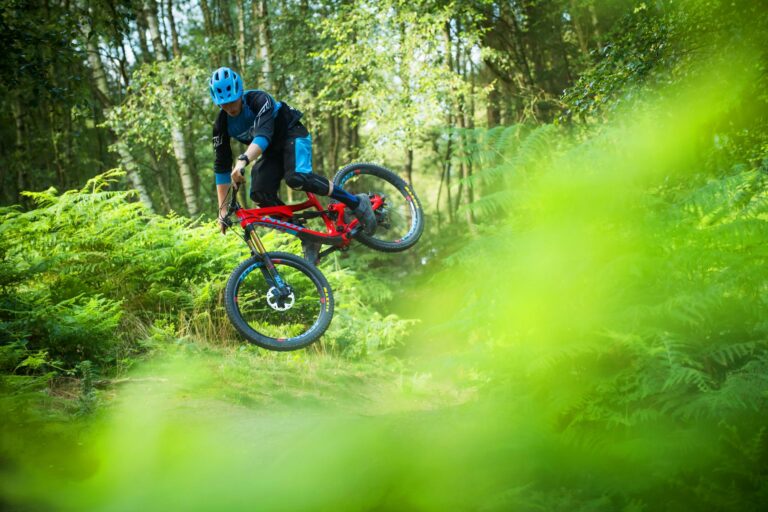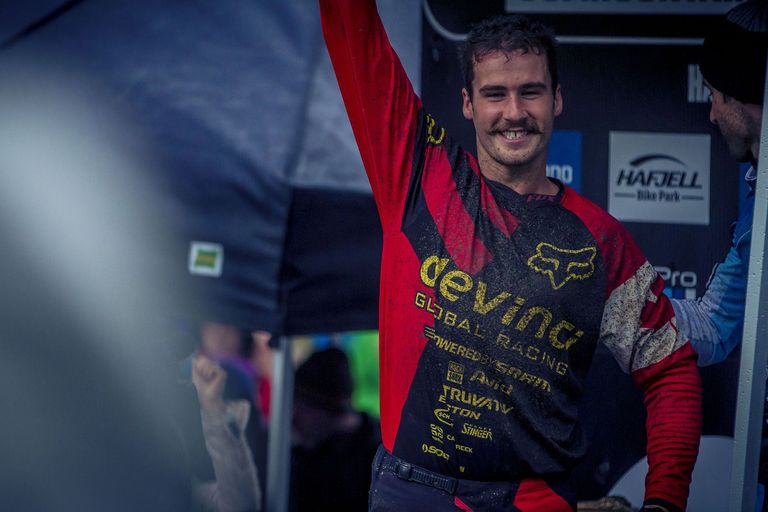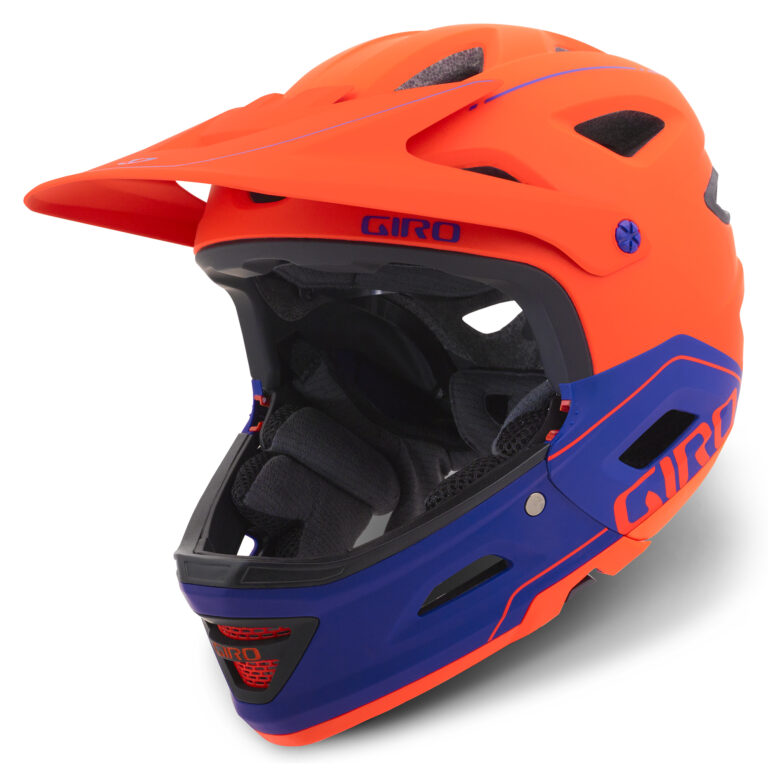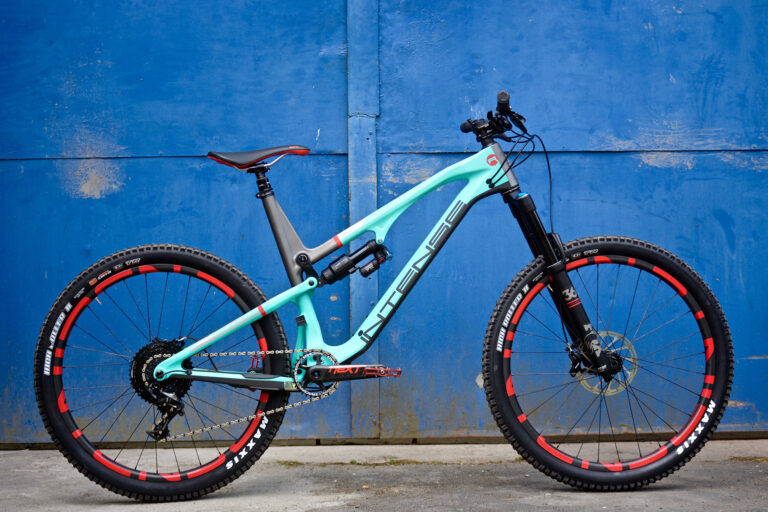Roll into bike shop this weekend looking for a new ride and you’ll see not only a huge range of mountainbike types but a selection of wheels sizes too. Whats the deal? Which one will suit you?
It really does seem a lot more complicated than ever before. Many purchases now end up like this though – cameras, phones, cars etc – there’s more brands and choice to confuse you. Having a broad selection to choose from is often a good thing and that’s the best way to look at wheels sizes in the mountainbike world. There are pros and cons to all of them and we’ll run through the options.
Not so long back the majority of mountainbikes were rolling on 26 inch wheels – they were there from the very early days and settled into being the main wheel size for production bikes. It only just ended up this way though, because with early 80s experimentation with larger sized rims (700c – now referred to as 29” in the off road world) many saw advantages in these bigger wheels and it was only issues with supply that halted further developments. So 26” became the norm and most riders ended up being happy with them from downhill through to trail bikes, hardtails to dirt jump bikes. Although there was no other real world choice, few riders looked for anything else. They just worked.
Fast forward to 2016 and we are bombarded with choice; 27.5″/650B, 29″ and now ‘Plus’ sized tyres (and in particular 27+/B+) are all options with good old 26″ being a rare sight on new bikes.
Here’s a run through of the options.

29″
Larger 29 inch wheels sat in the background for a long time, with Gary Fisher (now part of Trek bikes) one of the key players in moving this wheel size onto production bikes and gaining awareness of them. They were mainly only XC bikes in the early days – mostly hardtails too – and when full suspension frames were built with 29 inch wheels they were often flexy when pushed hard. Big wheels, with steep geometry and long stems meant that they weren’t initially on the agenda for us here at Dirt. Times have moved on and this week we see the launch of the Trek Slash, a long travel 29 inch wheel enduro machine – a hugely capable bike and an indicator of just how this wheel size has evolved. The Slash sits alongside the Specialized Enduro 29 in the elite club of hard hitting big wheeled machines. There are plenty of 29ers in the 2016 Dirt 100 too – the Canyon Spectral and Transition Smuggler are favourites of ours.
So when would we choose a 29er and why?
The larger 29 inch wheel size initially looks appealing to a taller rider and here at Dirt many of us are around six feet in height so there’s no question that a bigger bike will look in proportion with this size wheel and be a good fit for us. This was (and still is) an issue for many, who feel that this wheel size simply ‘looks ungainly’ and think this will translate into how the bike rides – especially for a shorter rider. Year on year we’ve seen huge developments to both geometry, sizing and layout to 29ers and now, when equipped with a suitably short stem (not often standard issue on production bikes), these comments are really not valid. Sure, they’ll always feels well proportioned for a taller rider but don’t discount them if you are of average height.
Dynamically, this wheel size is fast – everywhere. Get on a well dialled, up to date 29er trail bike and you’ll be surprised at the rate you can cover ground. The larger diameter wheel rolls well, carries speed to your advantage and gives great traction year round – a huge benefit in a wet climate. With wider rims now available (giving better support to high volume tyres), this added grip and increased rollover can be a huge advantage whether pressing on in fast singletrack, dropping into sketchy off-camber drops or railing corners. Stability is nothing short of exceptional. They just keep on giving.
What are the compromises? What might you not like?
Well, early 29 inch wheels weren’t very stiff and not the toughest especially for the harder rider and those of a heavier weight. The bigger wheels are a touch heavier anyway, so bulking them up will take the zip away though. New wider, lighter rim designs, with wider Boost hub spacings (110mm F, 148mm R) builds a stronger, stiffer and more supportive wheel. Arguably they are still not as stiff and tough as a smaller wheel, so for harder enduro racing and high mountain use many will stick to a 27.5″ or 26″. For DH use, we’ve seen forward thing brands playing with 29 inch wheels but nothing has yet made production.
Dynamically, you need a few rides before you settle in and adjust to the different timing required with the bigger wheels – we did – read our feature from Feb 2012. You’ll find a 29er can carry speed and you can be into the approach of a corner before you’re ready, and it’s this that often becomes an issue for riders who are making a quick test ride on a big wheeler and then making a judgement call on what wheel size to buy. The extra stability this wheel size gives, along with the increased wheelbase is often translated into lack of agility.
Tyre options were initially a problem, with 29er’s history being in the XC world we were seeing fragile fast rolling tyres that weren’t man enough for the job in hand if fitted to a capable trail bike. As with wheel construction and frame geometry, time has marched on and now we are seeing plenty of options including 29 inch versions of Dirt 100 favourites such as the Maxxis High Roller.
There are very few who try this wheel size, learn to understand it and then move away from it. For us at Dirt, on most trail bikes up to 150mm of travel, we’ll choose a 29er.

